How to Work Out Quietly
Part 1 of 3:
Decreasing Noise While Exercising
-
 Focus on your breathing. No one likes being next that guy at the gym - either on the treadmill or in the weight room - who seems to be over-exaggerated his breathing. Intense huffing and puffing can be distracting to others, so focus on how you're breathing to control and regulate your breath.
Focus on your breathing. No one likes being next that guy at the gym - either on the treadmill or in the weight room - who seems to be over-exaggerated his breathing. Intense huffing and puffing can be distracting to others, so focus on how you're breathing to control and regulate your breath.- Focusing on your breath will help bring your attention to the sound, depth and rate of your breathing. This can help keep you a little more quiet, but may even improve your workouts.[1]
- When you're lifting weights, fitness professionals suggest that you exhale as you contract a muscle or muscle group and inhale when you're relaxing from the contraction.[2]
- For cardio, your breath should be steady and even-paced. Studies have actually shown improvements with running when the beginning of your exhale coincides with the strike of your foot on the pavement.
- Breathing during stretching and recovery may actually be the loudest type of "workout breathing." Breathe in deeply and fill your whole abdomen up with air. Avoid lifting your shoulders up and down - this is ineffective. Try to breathe slowly and deeply as this promotes more oxygen in your lungs.
-
 Land softly when jumping. Your downstairs neighbors probably don't appreciate hearing you jumping up and down for your morning workouts. Focus on the proper, safe and quietest methods of jumping to decrease the overall noise coming from your workouts.
Land softly when jumping. Your downstairs neighbors probably don't appreciate hearing you jumping up and down for your morning workouts. Focus on the proper, safe and quietest methods of jumping to decrease the overall noise coming from your workouts.- Landing softly and correctly not only helps quiet your workouts, but also decreases the risk for injuries. Landing incorrectly may lead to a blown out knee or a sprained ankle.[3]
- One of the most important aspects of landing appropriately and softly is flexibility. As you land, bend your knees. At the end of your jump or landing, you should almost be in a full squat position.
- Also, always begin your landings on the ball of your feet, slowly rolling back towards distributing your weight on your entire foot. This method of landing also helps force you to flex your knees and encourage the squat-like position in your landing.[4]
-
 Run and walk more quietly. Another time you might find yourself making a lot of noise is when you're jogging or running on a treadmill. The way your foot falls may sound like a very loud splatting or thudding noise. Proper running form is naturally quieter and safer.[5]
Run and walk more quietly. Another time you might find yourself making a lot of noise is when you're jogging or running on a treadmill. The way your foot falls may sound like a very loud splatting or thudding noise. Proper running form is naturally quieter and safer.[5]- When you run more naturally, fitness professionals say your stride and footsteps are much more quiet. In addition, you reduce your risk of overuse injuries caused by excessive impact.[6]
- Many runners have been told to run "heel to toe." However, now fitness and running coaches are suggesting that you hit the ground midfoot instead of at the heel.[7]
- The next time you're out for a jog or run, focus on where your foot naturally falls and aim to hit the ground midfoot and roll forward to your toe to push off again.
- Also make sure that your foot falls underneath your hip, not far out in front of you. This helps over striding (which can lead to injury) which makes running louder.
-
 Be mindful with weights. If you're a regular in the weight room or have invested in your own home gym or free weight sets, make sure you're mindful in how you're using them and setting them down. This is where a lot of noise can be made.
Be mindful with weights. If you're a regular in the weight room or have invested in your own home gym or free weight sets, make sure you're mindful in how you're using them and setting them down. This is where a lot of noise can be made.- If you're using free weights, it's important to set them down gently on the rack, floor or bench. Letting them drop from your hands or pushing them off of you after completing a repetition makes for loud, banging sounds. You could also get a padded mat for where you put your weights down.
- This misuse of the weights can also lead to damage of the floors, the weights themselves and if they land on your foot, an injury for you.
- When you're using a weight machine at the gym or at home, aim for slow and controlled movements. It may be natural for you to finish a repetition and then release the weight and have it slam back to original position.
- Even when releasing a contraction or finishing an exercise, it's equally beneficial to your body, progress and the ears of other gym members to finish slowly. The release of an exercise works your muscles just as hard as the contraction, so there's a benefit to not letting the weights fly out of your hands.[8]
-
 Use a fitness or yoga mat. Some exercises require the use of a yoga or fitness mat (generally out of comfort). However, these thick, foam pads may also help dampen the noise of your workouts as well.
Use a fitness or yoga mat. Some exercises require the use of a yoga or fitness mat (generally out of comfort). However, these thick, foam pads may also help dampen the noise of your workouts as well.- If you don't have one, consider purchasing a yoga mat or fitness mat. They come in a variety of thicknesses, so choose one that works best for your typical exercise routine. However, the thicker the mat, the more sound and shock they will absorb.
- You can also use interlocking foam floor tiles, which are available at department stores.
- These mats can be used for many, many exercises - not just a typical yoga routine. You can do cardio exercises on them - especially if you're at home doing a cardio DVD, walking video or doing at home HIIT (high intensity interval training) exercises.
- They're especially great for plyometric exercises like jumping jacks, squat jumps and burpees as they can help make for a softer landing, but also absorb more shock and sound when you land. However, be careful when putting your mat on a hard surface (like wood floors) because the mat can slip.
Part 2 of 3:
Incorporating Quieter Forms of Exercise
-
 Try yoga for strength and flexibility training. If you want to stick to a regular strength training routine, but are looking for a quieter method, consider doing yoga. This is a naturally quieter form of exercise but can be great for strength.
Try yoga for strength and flexibility training. If you want to stick to a regular strength training routine, but are looking for a quieter method, consider doing yoga. This is a naturally quieter form of exercise but can be great for strength.- One of the reasons yoga is more quiet is that there are no explosive movements, no plyometric jumping or use of any free weights or weight machines.
- In addition, yoga requires the use of a mat (or at least a carpeted floor) which also absorbs the shock and sound from exercise.[9]
- Yoga helps strengthen, lengthen and tone muscles. It requires you to control and focus on your breathing and uses very slow and controlled movements. All reasons why this is a more quiet form of exercise.[10]
-
 Use the elliptical, stationary bike or stair master for cardio. Running or jogging, especially on the treadmill, is going to be a little noisy. There's only so much you can do to dampen the sound of your feet. However, think about doing other forms of cardio instead.
Use the elliptical, stationary bike or stair master for cardio. Running or jogging, especially on the treadmill, is going to be a little noisy. There's only so much you can do to dampen the sound of your feet. However, think about doing other forms of cardio instead.- If you're interested in doing some at home cardio or are looking to purchase a cardio machine for your apartment consider a stair master, elliptical or stationary bike. These machines make some noise as they are being used, but its very minimal.
- In addition, these machines are more low-impact and there are not hard landings when you're using them. This also makes them a better choice for those with joint or knee pain.
-
 Go for free weights and calisthenics. Another option for strength training is using free weights or calisthenics. As long as you control how you're doing these exercises (especially free weights), its much quieter than using a home gym or weight machines.
Go for free weights and calisthenics. Another option for strength training is using free weights or calisthenics. As long as you control how you're doing these exercises (especially free weights), its much quieter than using a home gym or weight machines.- When using free weights, make sure you set them down quietly, instead of dropping them on the floor. Otherwise, these are incredibly quiet and won't disturb neighbors or others at the gym.
- Calisthenics are exercises that use your own body weight for resistance (often known as body weight exercises). They require little to no equipment and are very, very quiet.[11]
- Examples of strengthening exercises you can do include: push-ups, crunches, planks, tricep push-ups and squats.
-
 Limit high impact exercises. Although there are a variety of exercises that do not make much noise, there are some types of exercises or programs that you should avoid due to noise.
Limit high impact exercises. Although there are a variety of exercises that do not make much noise, there are some types of exercises or programs that you should avoid due to noise.- Many HIIT (high intensity interval training) workouts contain a lot of plyometric exercises - which makes them great at burning a lot of calories and building muscle. However, if you're jumping around a lot for a workout, your neighbors or roommates might not appreciate all the noise.
- If you use a treadmill in your apartment or home as well, you might want to consider limiting its use early in the mornings or in the evenings when others around you may be sleeping.
Part 3 of 3:
Meeting Physical Activity Guidelines
-
 Aim for 150 minutes of cardio exercises per week. Even though you're aiming to keep your workouts on the quieter side, still aim for the required 150 minutes of cardiovascular exercises each week.[12]
Aim for 150 minutes of cardio exercises per week. Even though you're aiming to keep your workouts on the quieter side, still aim for the required 150 minutes of cardiovascular exercises each week.[12]- Even quiet aerobic exercises still provide a vast array of health benefits. These types of exercises work your heart and lungs and can help reduce the risk of high blood pressure and diabetes, improve your mood, help maintain a healthy weight and reduce your risk for developing heart disease.[13]
- 150 minutes or about 2 1/2 hours is the minimum you need to do each week. You can split this up into small bouts. For example, a 10 minute workout or walk 3 times a day Monday through Friday will help you reach this goal.
- Choose quieter activities like: using the elliptical, walking on the treadmill, using a spin bike or walking DVD's.
- Also consider asking your neighbors or roommates when a good time for you to do louder exercises would be. You can do a plyometrics routine or longer run on the treadmill if no one is around.
-
 Include 1-2 days of strength training. In addition to cardiovascular exercises, it's also important to stay regular with strength training. Most professionals recommend to do these types of exercises about 1 or 2 times per week.[14]
Include 1-2 days of strength training. In addition to cardiovascular exercises, it's also important to stay regular with strength training. Most professionals recommend to do these types of exercises about 1 or 2 times per week.[14]- This minimum guideline helps provide additional health benefits to the ones provided by cardio. Strength training specifically helps strengthen bones, builds muscle mass and supports your metabolism.[15]
- Things like yoga, calisthenics and free weights are great options to include if you're looking for a quieter routine.
-
 Increase your lifestyle activity. Another great way to add in physical activity to your normal routine is to increase your lifestyle activity. Most of these are done away from the home so you don't necessarily have to worry about making much noise.
Increase your lifestyle activity. Another great way to add in physical activity to your normal routine is to increase your lifestyle activity. Most of these are done away from the home so you don't necessarily have to worry about making much noise.- Lifestyle activities are those that you do on a typical day. It might be walking to the mail box, sweeping the floor or taking the stairs to your office. Although some of these activities do cause noise, they're part of daily living and don't last a long time.
- Some studies have shown that lifestyle activity, when increased, has similar health benefits to more structured cardio (like going for a jog).[16]
- Try to increase the amount of movement or steps you take in a day. Focus on activities outside the home so you can continue to keep a quieter environment where you live. For example, take the stairs to your office, park farther away, use a bathroom on another floor, take a walk break over lunch or even skip emails and deliver messages to co-workers in person.
-
 Take active rest days. Rest days are also important to your physical activity routine. They not only help your body recover and rest, but may be a great way to give your roommates or neighbors some quiet time.
Take active rest days. Rest days are also important to your physical activity routine. They not only help your body recover and rest, but may be a great way to give your roommates or neighbors some quiet time.- Studies have shown that its actually during rest that your muscles grow in size and strength. Without rest days you won't make very much progress with your exercise routine.[17]
- Most fitness professionals recommend at least one, maybe two rest days per week. You should still be active - maybe going for a walk instead of a run - but need to avoid more high impact or higher intensity workouts.
- Try to schedule rest days when your roommates or neighbors are around or home more often. For example, if people sleep in later on Sundays and want to enjoy a quieter day, schedule a rest day for Sunday so it coincides with other's schedules.
4 ★ | 2 Vote
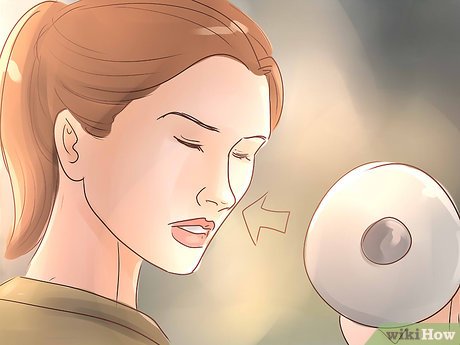
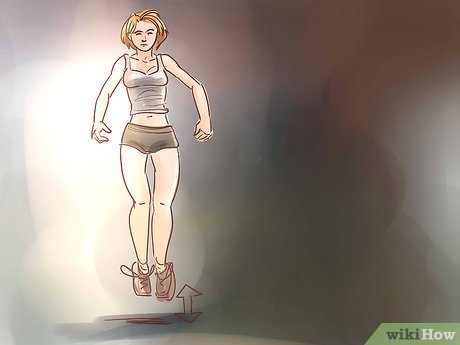
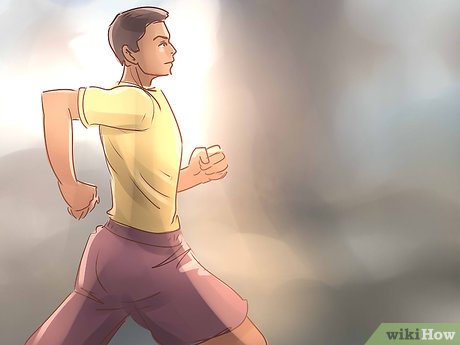
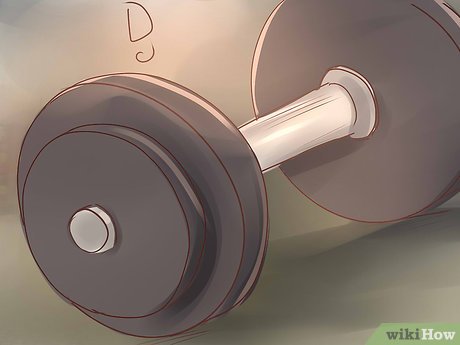
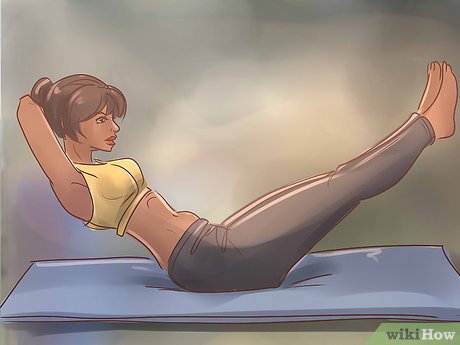
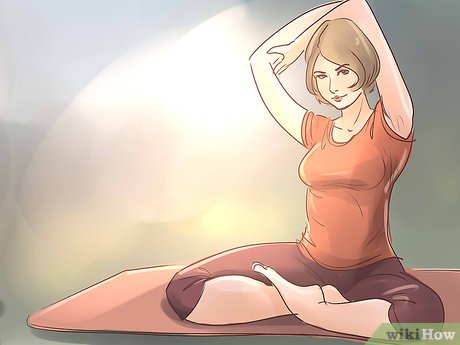
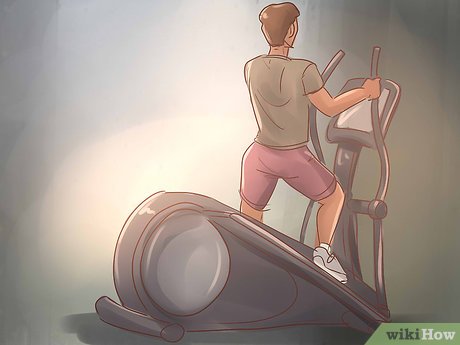
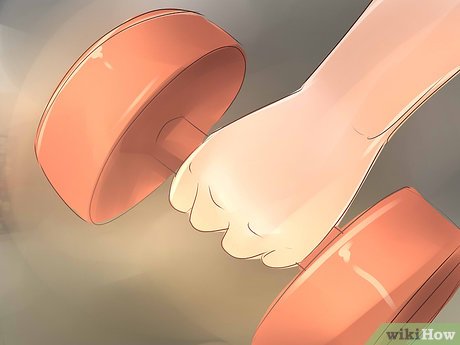
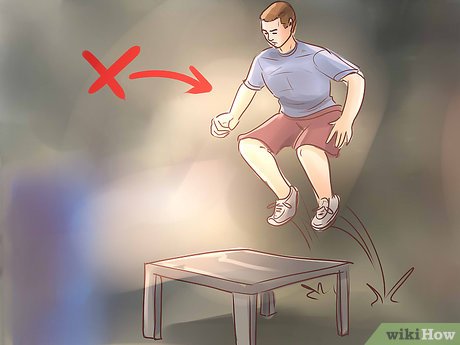
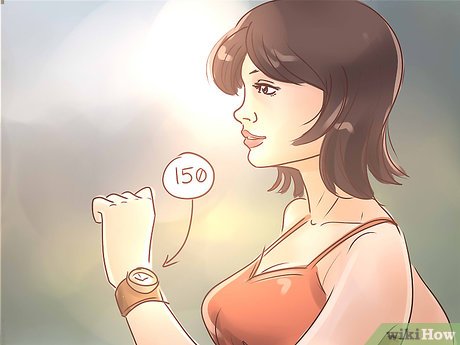
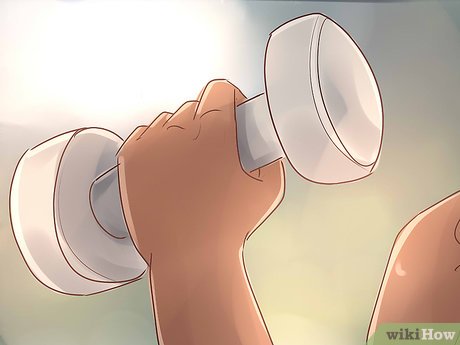
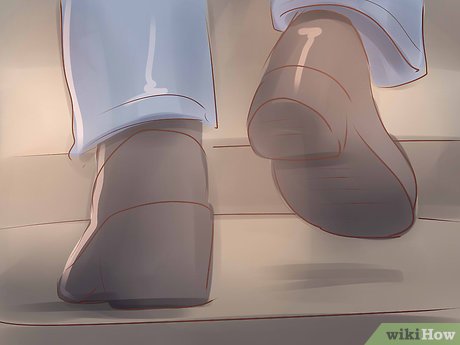
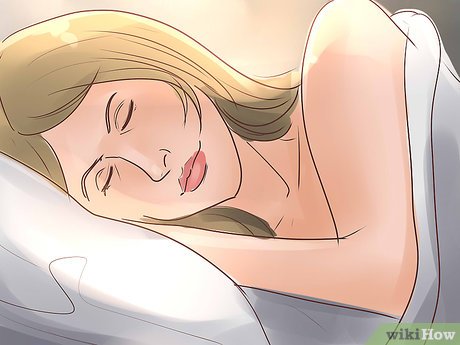
 Why does Apple have millions of masks to donate to the medical force?
Why does Apple have millions of masks to donate to the medical force? Growth is booming, reaching $ 38 billion but Zoom is facing security and privacy concerns
Growth is booming, reaching $ 38 billion but Zoom is facing security and privacy concerns ELSA Speak ELSA Speak English learning application is free to encourage users to study at home in the middle of the translation season
ELSA Speak ELSA Speak English learning application is free to encourage users to study at home in the middle of the translation season How to Get Tested for Coronavirus in the Bay Area Using Project Baseline
How to Get Tested for Coronavirus in the Bay Area Using Project Baseline How to Thicken a Glaze
How to Thicken a Glaze Grab raises GrabFood food delivery service amid COVID-19 outbreaks
Grab raises GrabFood food delivery service amid COVID-19 outbreaks